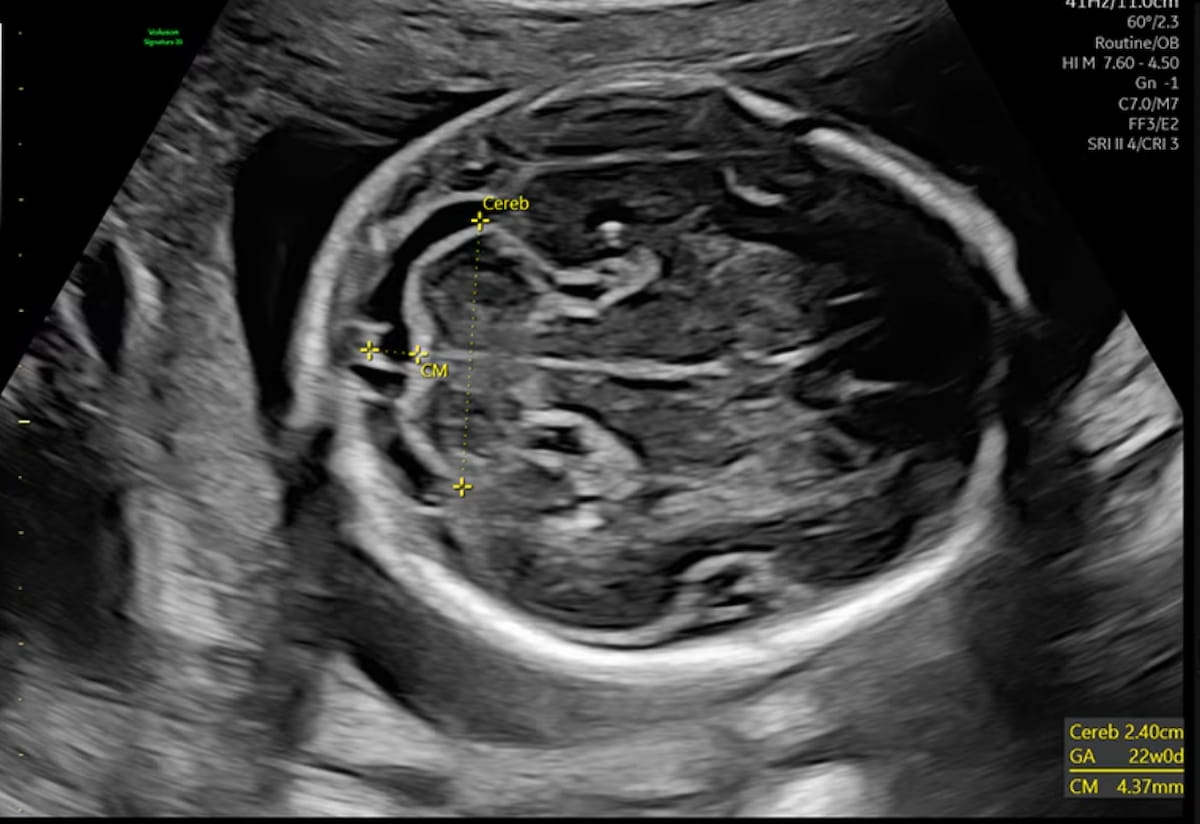New AI-Powered Ultrasound Devices May Enhance Efficiency in Women's Imaging
One of the features on the new Voluson Signature 20 and 18 ultrasound devices reportedly uses automated AI tools to facilitate a 40 percent reduction in the time it takes to perform second trimester exams.
Leveraging a variety of artificial intelligence (AI) capabilities, the newly launched Voluson Signature 20 and 18 ultrasound devices may significantly enhance efficiency of common ultrasound exams for women.
GE HealthCare, the manufacturer of the Voluson Signature 20 and 18 ultrasound devices, said key efficiencies include:
• a 48 percent time reduction for performing fetal heart assessments due to a fetalHS feature, which provide stepwise AI guidance to identify normal fetal heart anatomy;
The SonoLyst feature, a suite of automated AI tools available with the newly launched Voluson Signature 20 and 18 ultrasound devices, reportedly facilitates a 40 percent time reduction for performing second trimester exams as per standards from the International Society of Ultrasound in Obstretics and Gynecology (ISUOG). (Image courtesy of GE HealthCare.)

• a 40 percent time reduction for performing second trimester exams as per standards from the International Society of Ultrasound in Obstretics and Gynecology (ISUOG) due to the SonoLyst feature, a suite of automated AI tools; and
• a 76 percent keystroke reduction with the automated plane alignment and measurements of the SonoPelvicFloor feature.
"We've seen huge advancements in ultrasound technology, including the use of AI, resulting in a new era of ultrasound scanning. The new Voluson Signature series features innovative tools clinicians can rely on, and the automated functions help reduce work stress and improve workflows," noted Ben Csapo, M.D., a maternal fetal medicine specialist in Graz, Austria.
Newsletter
Stay at the forefront of radiology with the Diagnostic Imaging newsletter, delivering the latest news, clinical insights, and imaging advancements for today’s radiologists.
Mammography Study: AI Facilitates Greater Accuracy and Longer Fixation Time on Suspicious Areas
July 8th 2025While noting no differences in sensitivity, specificity or reading time with adjunctive AI for mammography screening, the authors of a new study noted a 4 percent higher AUC and increased fixation time on lesion regions.